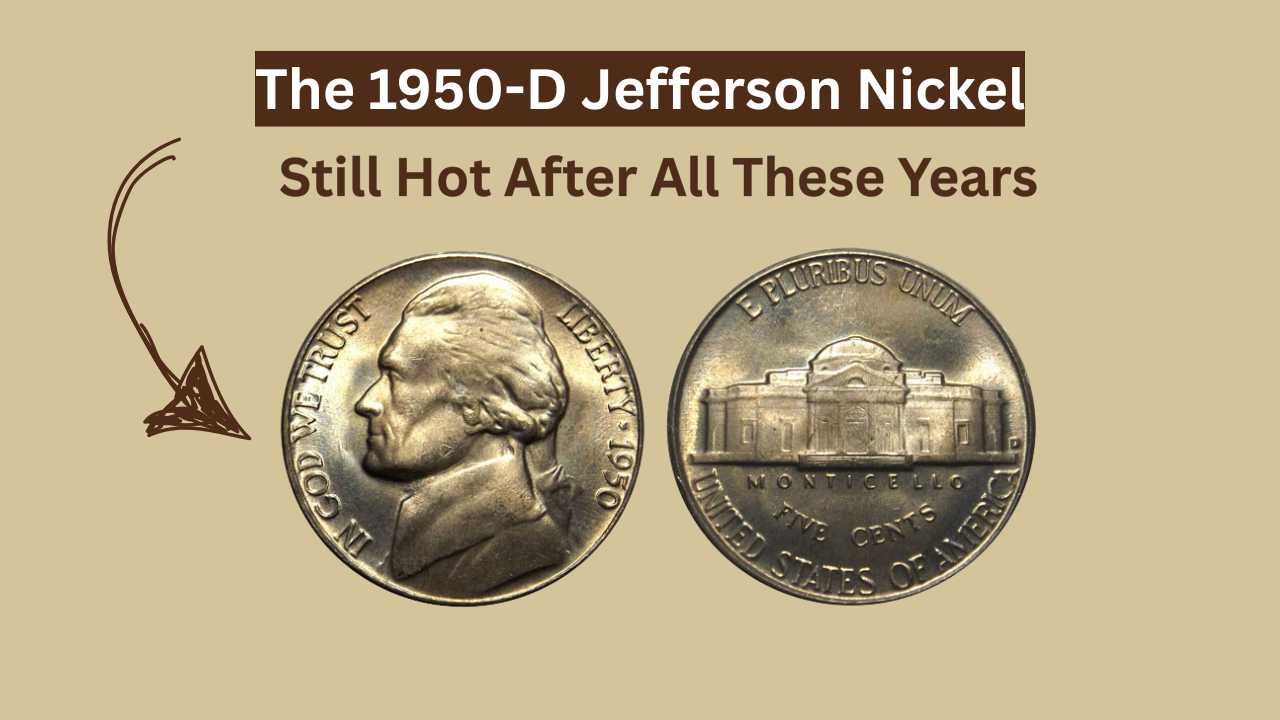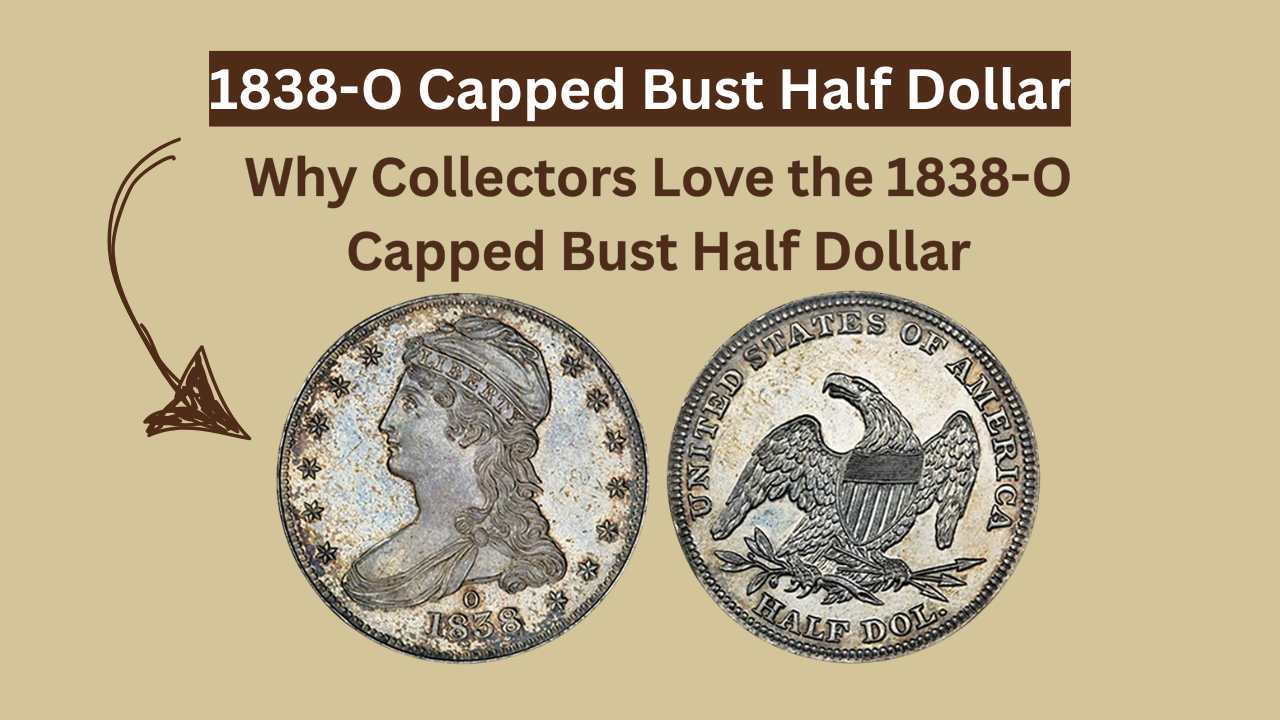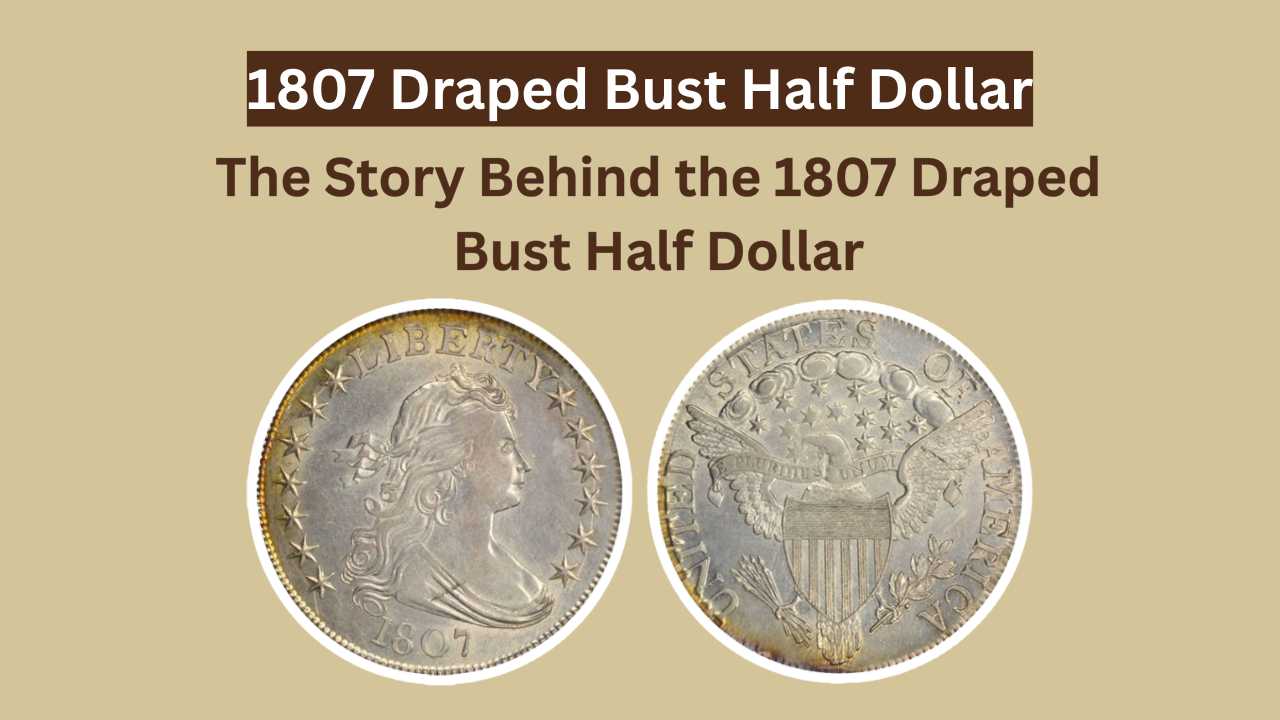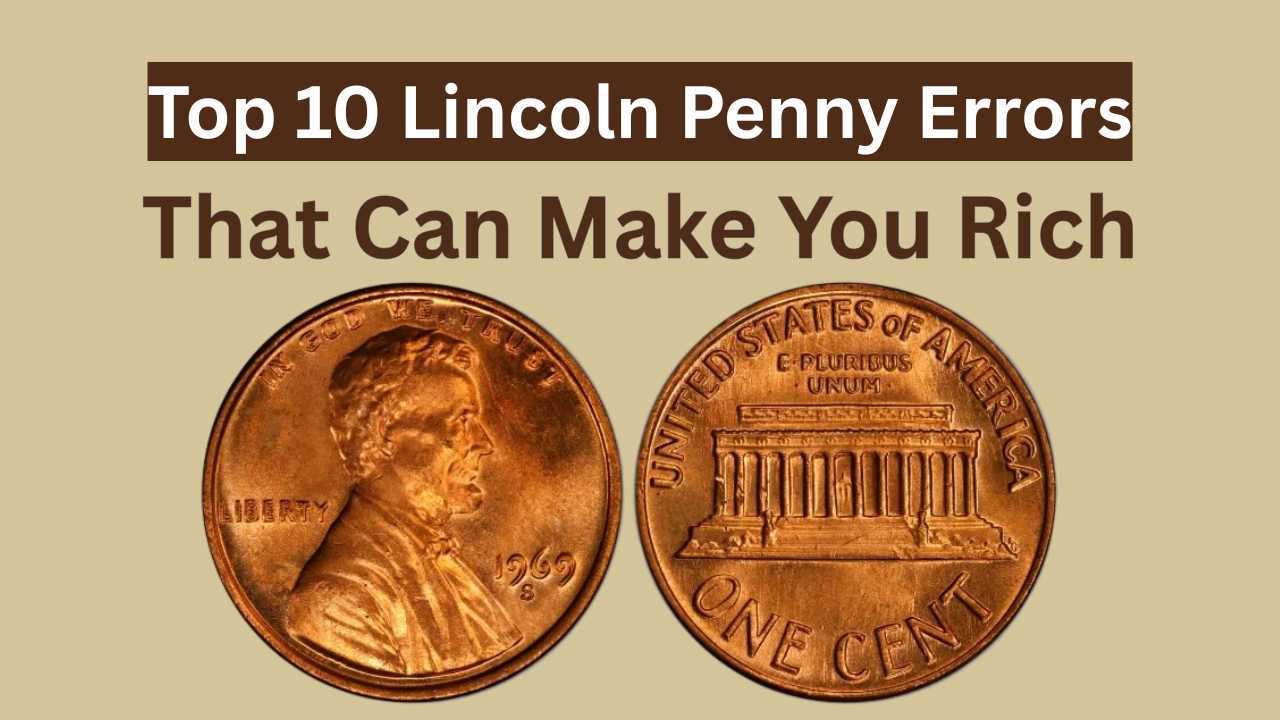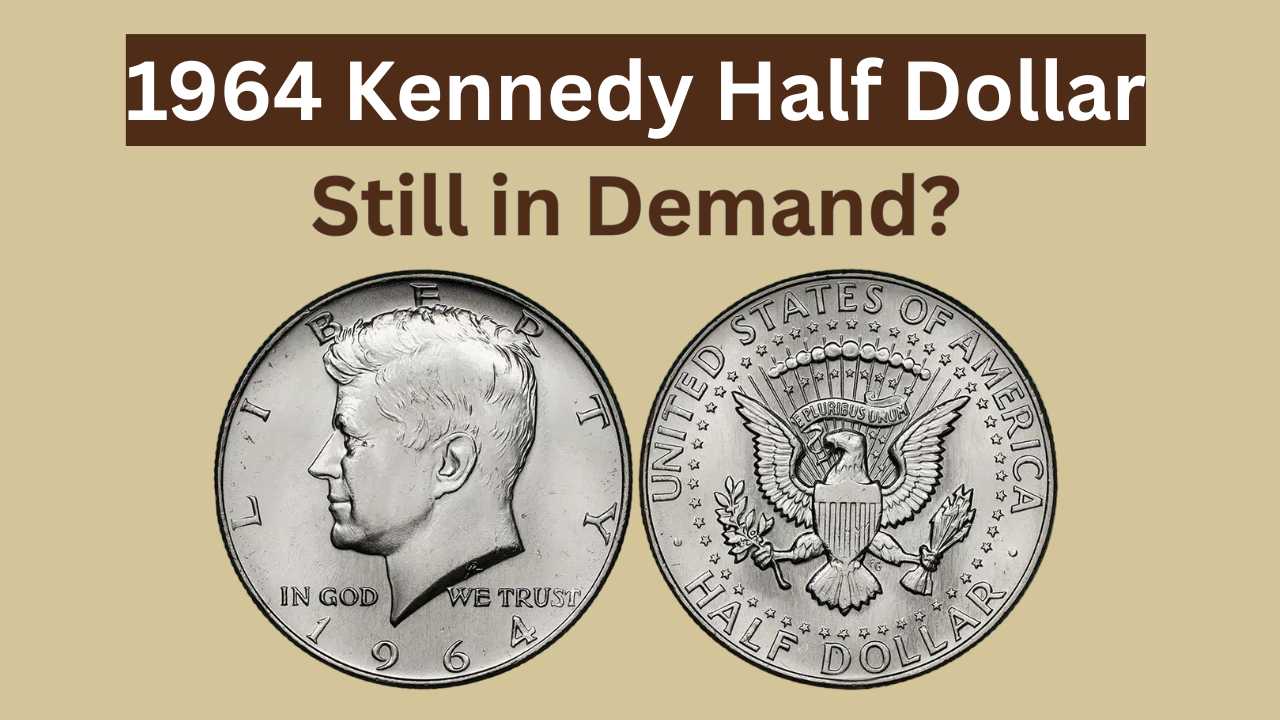
When most people see a penny, they barely notice it. It’s the coin that clinks around in pockets, gets lost in couch cushions, and often gets tossed into tip jars without a second thought. But what if I told you that some of these seemingly worthless copper coins could be worth hundreds, thousands, or even tens of thousands of dollars? Welcome to the fascinating and often overlooked world of Lincoln penny errors — where a simple mint mistake can transform a one-cent coin into a life-changing payday. Whether you’re a casual change checker or a full-blown coin collector, these top 10 Lincoln penny errors are the ones that can genuinely make you rich — if you know what to look for.
The Strange World of Penny Errors: Tiny Flaws, Massive Fortunes
In the high-stakes game of coin collecting, errors are pure gold. But we’re not talking about wear and tear from everyday use — we mean legitimate minting errors made during production at the U.S. Mint. These errors are unintentional, often rare, and extremely collectible. From double dies and off-center strikes to rare compositions and missing elements, error pennies break the mold — literally. While millions of regular Lincoln cents are minted annually, error coins are freak anomalies, often appearing in very limited numbers. That rarity is what drives insane demand. And for those lucky enough to find them in pocket change, they can unlock serious value. So let’s dive into the most iconic and profitable Lincoln penny errors ever discovered.
1. 1955 Double Die Obverse (DDO): The King of Penny Errors
Ask any collector about the holy grail of error pennies, and you’ll hear about the 1955 Double Die Obverse. What makes this penny so legendary is the dramatic doubling of the date and lettering on the front (obverse) of the coin. Unlike minor doubling, this error is obvious to the naked eye. It’s bold. It’s iconic. And it’s wildly valuable. In circulated condition, it can easily fetch $1,000–$2,000, while high-grade uncirculated versions can cross $10,000 or more at auction. If you see a 1955 penny with ghost-like doubled letters, hold on tight — you’ve struck error gold.
2. 1943 Copper Penny: A Bronze Mistake Worth Six Figures
During World War II, the U.S. Mint switched to steel-coated zinc pennies in 1943 to conserve copper for the war effort. But a few 1943 pennies were accidentally struck using the leftover bronze planchets from 1942. The result? One of the rarest Lincoln penny errors of all time. These 1943 copper pennies are worth an eye-popping amount — one sold for over $1 million in a private sale. If you find a 1943 penny that sticks to a magnet, it’s steel. But if it doesn’t, have it authenticated immediately. You could be holding one of the most valuable coins in U.S. history.
3. 1969-S Double Die Obverse: A Bold and Rare Doubling
Another monster hit in the error coin world is the 1969-S double die obverse. Like the 1955 DDO, this coin features dramatic doubling on the date and the inscriptions “LIBERTY” and “IN GOD WE TRUST.” But what makes this coin even more valuable is its low survival rate. Most were pulled from circulation early on, making it incredibly rare today. In mint state, it’s been known to sell for $30,000–$75,000 or more, depending on condition and certification. Look for strong doubling, not machine doubling, and the “S” mint mark from San Francisco.
4. 1972 Double Die Obverse: More Subtle, Still Profitable
While not as dramatic as 1955 or 1969-S, the 1972 DDO penny still shows clear doubling on the date and lettering — especially in “LIBERTY.” This error is more common, but that doesn’t mean it’s cheap. High-grade examples regularly sell for $200–$500, and pristine mint-state coins with perfect strike can fetch $1,000+. It’s a favorite among collectors because it offers solid returns without being impossible to find.
5. 1992 Close AM (Philadelphia and Denver)
It may sound boring, but the spacing between the letters “A” and “M” in AMERICA on the reverse of 1992 pennies has created a collector frenzy. Most 1992 pennies feature a “Wide AM”, but a few were mistakenly struck using a proof die with the “Close AM” design. If you find one of these, you’re looking at a payday of $5,000–$20,000, especially if it’s from the Denver Mint with a “D” mint mark. It’s a microscopic detail — but it makes a massive difference.
6. 1995 Double Die Obverse: Affordable Yet Profitable
The 1995 DDO is the beginner collector’s dream — not as rare, but still valuable. Look for doubling in the word “LIBERTY” and “IN GOD WE TRUST.” While not as intense as the 1955 or 1969 errors, it’s still legitimate and highly collectible. Many examples in uncirculated condition go for $20–$200, with some MS-67 specimens climbing higher. It’s an excellent entry point for those dipping their toes into error coin hunting.
7. 1983 Double Die Reverse: Rare Flip-Side Doubling
While most double die errors are on the front, the 1983 double die reverse features a sharp doubling on the back — most notably in the words “ONE CENT” and “UNITED STATES OF AMERICA.” It’s less well-known but seriously sought after by hardcore collectors. Prices range from $75 to $500, depending on grade, and certified examples continue to rise in value. If you flip your 1983 penny and see thick, shadowed letters, get it graded.
8. 1982-D Small Date Copper Penny
1982 was a transitional year when the U.S. Mint switched from 95% copper to 97.5% zinc planchets. Most 1982-D pennies were zinc, but a tiny number were accidentally struck in the old copper format. Weighing in at 3.11 grams (vs. zinc’s 2.5 grams), these copper errors are incredibly rare. Only a few have ever been authenticated. One sold for over $10,000, and it’s believed that more could still be out there in circulation.
9. 1958 Double Die Obverse: One of the Rarest
Only three confirmed examples of the 1958 DDO penny are known to exist, making it one of the rarest U.S. coin errors ever. Unlike the 1955 DDO, the 1958 version never made it into widespread circulation. If another authentic one were to surface, it could command six figures or more — possibly rivaling the 1943 copper penny in value. It’s the stuff of legend, but it’s out there. Maybe in someone’s attic jar.
10. 2004-D and 2006-D “Extra Leaf” Wisconsin Quarter Errors
Okay, this one isn’t a penny, but it deserves mention. The Wisconsin quarter error features an extra leaf on the corn stalk on the reverse. While not a Lincoln coin, many collectors mistakenly include it in penny hunts, and it still sells for $100–$300 depending on the “high” or “low” leaf version. It’s proof that tiny mint errors, even in modern coins, can turn everyday pocket change into serious money.
Table: Top 10 Lincoln Penny Errors and Their Estimated Value
| Error Coin | Year | Type of Error | Estimated Value Range |
|---|---|---|---|
| 1955 DDO | 1955 | Double Die Obverse | $1,000 – $10,000+ |
| 1943 Copper | 1943 | Wrong Planchet (Bronze) | $100,000 – $1,000,000+ |
| 1969-S DDO | 1969 | Double Die Obverse | $30,000 – $75,000+ |
| 1972 DDO | 1972 | Double Die Obverse | $200 – $1,000 |
| 1992 Close AM | 1992 | Design Variety | $5,000 – $20,000 |
| 1995 DDO | 1995 | Double Die Obverse | $20 – $200+ |
| 1983 DDR | 1983 | Double Die Reverse | $75 – $500 |
| 1982-D Copper | 1982 | Wrong Composition | $5,000 – $10,000+ |
| 1958 DDO | 1958 | Double Die Obverse | $100,000+ |
| 2004-D/2006-D | – | Extra Leaf Quarter Error | $100 – $300 |
Final Thoughts: The Hidden Fortune in Your Pocket Change
The world of Lincoln penny errors is like a hidden treasure map, and the best part is — you don’t need to be a millionaire to start searching. All it takes is curiosity, patience, and a little bit of knowledge. These top 10 Lincoln penny errors have turned ordinary people into overnight success stories, just by noticing the right coin at the right time. Whether you’re rummaging through change, scanning a coin roll, or checking Grandpa’s old jar of pennies, you could be staring at a small copper miracle that’s worth thousands. So stop ignoring your pennies — because the next one you find might just be your ticket to a rich discovery.


